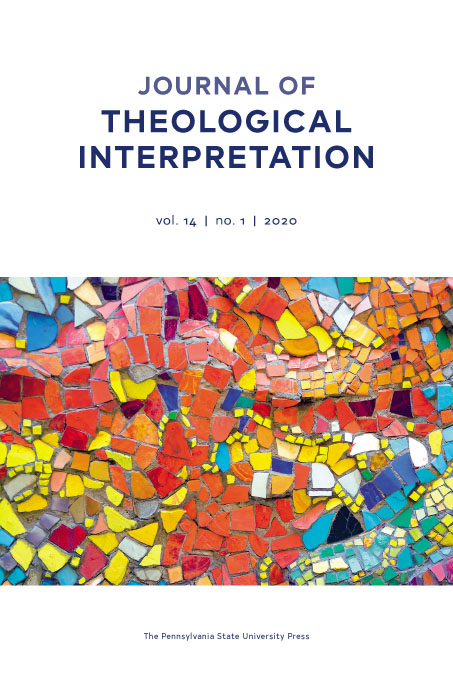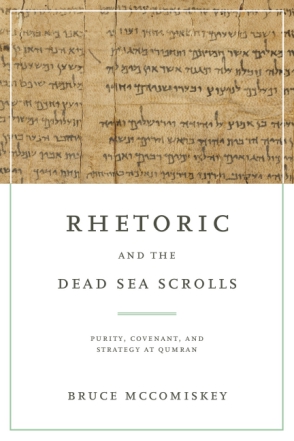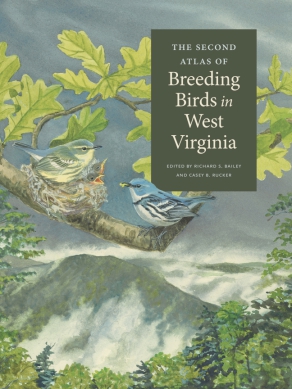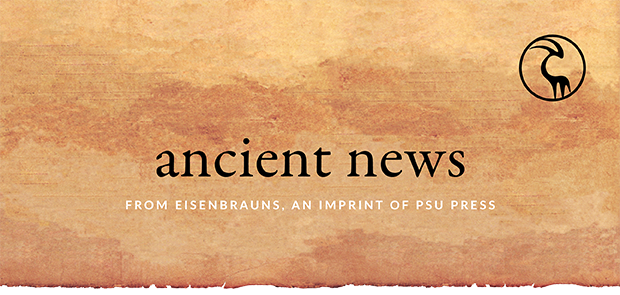
in this issue
general news
Welcome to the June issue of Ancient News!
PSU Press’s Fall/Winter 2021 Catalog has arrived! Check it out to see what’s coming up for Eisenbrauns, PSU Press, and Graphic Mundi.
We’re kicking off the month with a sale on the Royal Inscriptions of the Neo-Assyrian Period and the Neo-Babylonian Empire Series. Use code 2021EK for 40% off through 6/6. Stay up to date on all our special offers on our Sales & Specials page or by subscribing to BookNews.
Scroll down to see some of our recently published books, including a one from PSU Press that we’re sure Jim Eisenbrauns will appreciate: The Second Atlas of Breeding Birds in West Virginia. As many of you know, Jim is an avid birder, and we hope he is doing some bird-watching this month!
If you have an idea for a project, send an email to Jen Singletary, our acquisitions editor. She’d love to hear from you.
Enjoy!
two-week sale
Save 40% on Royal Inscriptions of the Neo-Assyrian Period and the Neo-Babylonian Empire Series through 6/6.
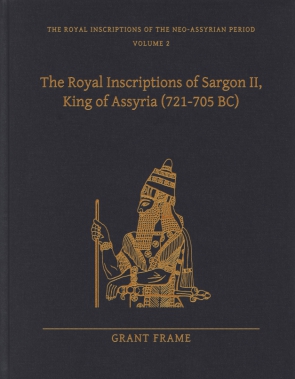
The Royal Inscriptions of Sargon II, King of Assyria (721–705 BC)
$89.95 $53.97
The Neo-Assyrian king Sargon II was one of the most important and famous rulers of ancient Mesopotamia. In this volume of critically important ancient documents, Grant Frame presents reliable, updated editions of Sargon’s approximately 130 historical inscriptions, as well as several from his wife, his brother, and other high officials.
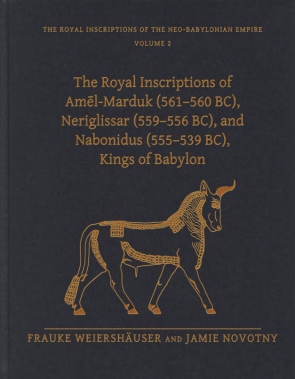
The Royal Inscriptions of Amēl-Marduk (561–560 BC), Neriglissar (559–556 BC), and Nabonidus (555–539 BC), Kings of Babylon
$89.95 $53.97
Amēl-Marduk (561–560 BC), Neriglissar (559–556 BC), and Nabonidus (555–539 BC) were the last native kings of Babylon. In this modern scholarly edition of the complete extant corpus of royal inscriptions from each of their reigns, Frauke Weiershäuser and Jamie Novotny provide updated and reliable editions of the texts.
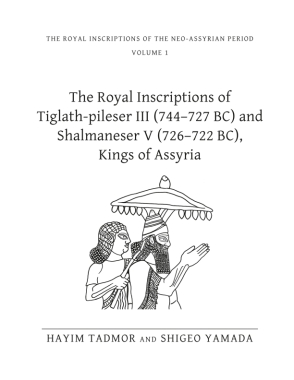
The Royal Inscriptions of Tiglath-Pileser III (744–727 BC) and Shalmaneser V (726–722 BC), Kings of Assyria
$64.50 $38.70
The first in a series of volumes publishing the Sumerian literary texts in the Schøyen Collection, this book makes available, for the first time, editions of seventeen cuneiform tablets, dating to ca. 2000 BCE and containing works of Sumerian religious poetry. Edited, translated, and annotated by Christopher Metcalf, these poems shed light on the interaction between cult, scholarship, and scribal culture in Mesopotamia in the early second millennium BCE.
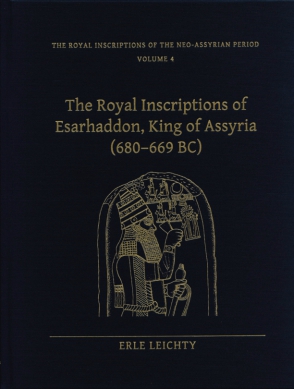
The Royal Inscriptions of Esarhaddon, King of Assyria (680–669 BC)
$89.95 $53.70
The inaugural title of the Royal Inscriptions of the Neo-Assyrian Period Project, this volume provides reliable, up-to-date editions of all of the known royal inscriptions of Esarhaddon, a son of Sennacherib who ruled Assyria for twelve years (680–669 BC). Editions of 143 firmly identifiable texts (which mostly describe successful battles and the completion of building projects, all done ad maiorem gloriam deorum), 29 poorly preserved late Neo-Assyrian inscriptions that may be attributed to him, and 10 inscriptions commissioned by his mother Naqia (Zakutu) and his wife Esharra-hammat are included.
new eisenbrauns books
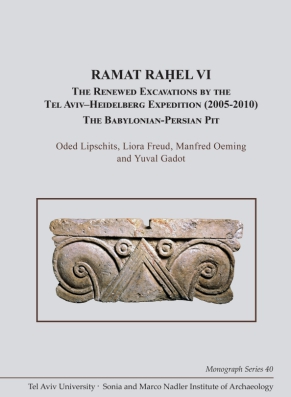
Ramat Raḥel VI
The Renewed Excavations by the Tel Aviv–Heidelberg Expedition (2005–2010). The Babylonian-Persian Pit
Oded Lipschits, Liora Freud, Manfred Oeming, and Yuval Gadot
Copublished with Tel Aviv University
This is part of a three-volume final report of the renewed excavations at Ramat Raḥel by the Tel Aviv–Heidelberg Expedition (2005–2010). It presents the finds from the Babylonian-Persian pit, one of the most dramatic find-spots at Ramat Raḥel.
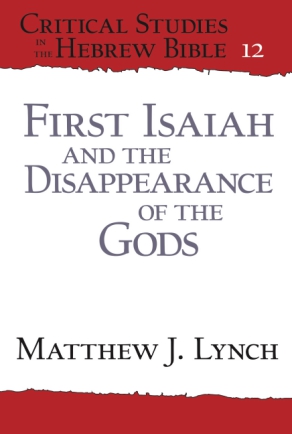
First Isaiah and the Disappearance of the Gods
Matthew J. Lynch
“The references to idols in the first half of the book of Isaiah have never before been studied together in detail. Given the prominence of the subject in the second half of the book, this is a surprising gap that Lynch here fills with great insight. This will prove to be an enduring contribution to the wider topic of the development of monotheism in Israel.”—H. G. M. Williamson, Emeritus Regius Professor of Hebrew, University of Oxford
journals
Eisenbrauns Journals at Penn State University Press have a simplified way to view subscription and pricing information all in one place! Click this link to view individual journal information, or click here to view the full price list which includes all of our journal titles!
new from psu press
VIEW Bluelines, the PSU Press newsletter| Control your subscription options |
